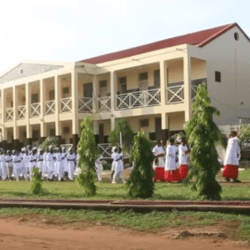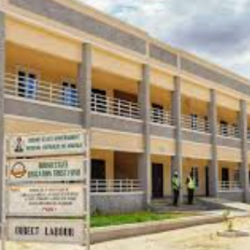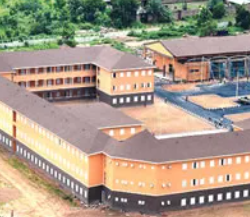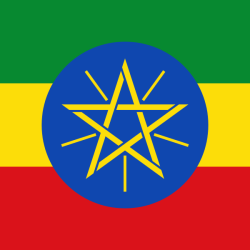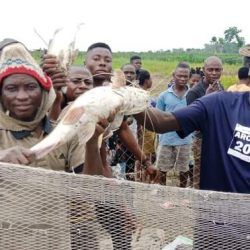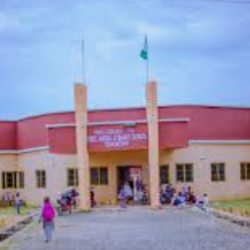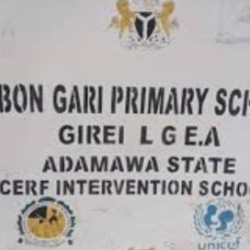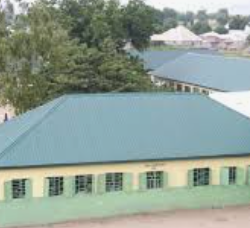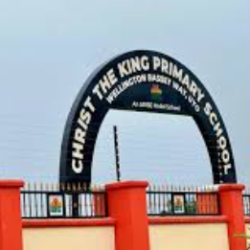The Kontagora Emirate is a significant historical and cultural entity in Niger State. Its past reflects the resilience and strategic leadership of the Fulani dynasty, particularly the Nagwamatse lineage, in transforming and uniting diverse communities under a cohesive political and religious framework.
The history of Kontagora Emirate is intricately linked to the remarkable leadership and achievements of Umaru Nagwamatse and his sons, Abubakar Modibbo and Ibrahim Nagwamatse. Over a span of just over four decades (1858–1901), these leaders transformed a region marked by chaos, tribal wars, and idolatry into an organized and peaceful emirate under Islamic governance.
Pre-Fulani Era
- Tribal Composition: Before the Fulani arrived, the area now known as the Kontagora Emirate and its surroundings were home to various groups:
- Borgu people on the west bank of the Niger River.
- Yawuri and Kambari tribes in the center.
- Dakarkari, Kambari, and Dukkawa in the north.
- Kamukawa and Kambari in the northeast.
- Gwarawa in the east and southeast.
- Nupe in the south.
- Governance: While Borgu kings and the Yawuri Kingdom had influence, most of the land was occupied by scattered, independent communities or small city-states ruled by chiefs or headmen.
Early Fulani Influence
- First Fulani Settlement (1800):
- Led by Muhammadu Sambo from Katsina, who settled near the Dukkawa and Dakkarawa enclaves.
- Second Fulani Settlement (1804):
- Initiated by Mallam Dendo and his family, including his sons (Usman Zaki, Masaba, Maliki) and grandson (Majigi).
- They established Fulani dominance by destroying the Nupe Kingdom and founding the Fulani dynasty in Bida (1857).
- Third Fulani Settlement (1830s):
- Majidadi, a Fulani from Gwandu, settled in the Yawuri Kingdom, working with the Yawurawa to subdue the Kambarawa population.
The Role of Umaru Nagwamatse
- Visionary Leader: Umaru Nagwamatse, known as the Sarkin Sudan, played a pivotal role in extending Fulani influence in the region.
- He worked extensively in areas such as Kambarawa, Gwari, Basawa, Pangu, and Kamuku.
- Founding of Kontagora Emirate: His efforts, later consolidated by his sons Abubakar Modibbo and Ibrahim Nagwamatse, laid the foundation for the modern Kontagora Emirate.
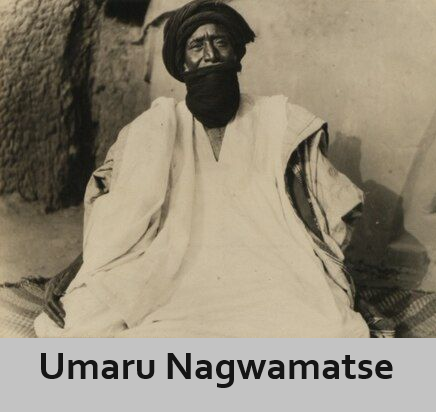
Administrative Changes Post-Colonial Era
- British Colonial Reorganization:
- By the 20th century, the area became part of the British Empire, resulting in significant administrative restructuring.
- On December 31, 1924, the Kontagora Province was dissolved:
- Yelwa and Dabai Divisions merged with Sokoto Province.
- Kontagora Division was incorporated into Niger Province.
- Borgu joined Ilorin Province in 1923.
- Wushishi Area:
- Initially part of Nagwamatse’s territory, Wushishi was separately administered:
- In 1902, Ibrahim Abubakar Modibbo became Sarkin Wushishi (2nd Class), with districts such as:
- Wushishi, Maikunkele, Bosso, Paiko, Galadima Kogo, Guni, Kuta, and Fuka.
- Headquarters were located in Minna.
- In 1902, Ibrahim Abubakar Modibbo became Sarkin Wushishi (2nd Class), with districts such as:
- In 1923, Wushishi was reclassified, and Gwari units were placed under Kuta.
- Wushishi became an independent district in Zungeru Division and, in 1976, was integrated into the Kontagora Division.
- Initially part of Nagwamatse’s territory, Wushishi was separately administered:
Cultural and Religious Transformation
- Peace and Islamization: Umaru Nagwamatse and his successors brought stability, established Islamic governance, and made Islam the principal religion in a region previously characterized by tribal conflicts, idol worship, and lawlessness.

